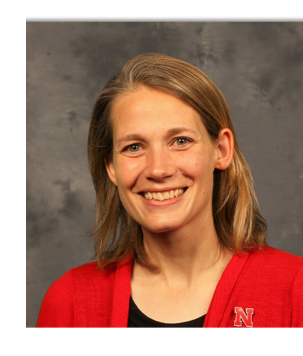Conservation Conversations
By Jenny Rees
Nebraska Extension Educator
I’m blessed by the various conversations held with people. Some of these are with landowners and/or tenants desirous of incorporating more conservation practices on their farms.
 From the landowner’s perspective, the conversations have centered around concern of soil erosion, fewer trees, wildlife, and long-term productivity of the farmland. Some don’t feel they have a right to ask a tenant to change something even though they own the land; they often don’t want to “rock the boat.”
From the landowner’s perspective, the conversations have centered around concern of soil erosion, fewer trees, wildlife, and long-term productivity of the farmland. Some don’t feel they have a right to ask a tenant to change something even though they own the land; they often don’t want to “rock the boat.”
From the tenant’s perspective, how to show financial benefit in implementing conservation practices is a main topic. Those on crop share leases are concerned about impacting yields and profitability to the landlord sharing the risk. Those with cash rent leases are concerned about obtaining “buy-in” and/or losing the ground if the practice looks different or doesn’t obtain the highest yields.
All of the above are legitimate concerns. Conversation is important. As people, we seem to get hung up here. Perhaps that’s due to fear, difficulty in communicating thoughts, experience from previous conversations, and/or anticipating responses that may not be true.
It’s helpful to know one’s “why” for a conservation project, have information on how it will benefit both parties, and resources and options available to consider.
In conversation, seek to understand and be understood. The greater people understand each other, the greater trust is built. Seek these conservation conversations with landlords/tenants where trust exists.
From there, seek to listen empathetically (with the intent to understand from the other person’s frame of reference). Try not to come up with the next question but to really listen to what the other person is saying. Look for win-win opportunities and keep an open mind.
Recognize that the benefits of conservation practices take time. Our on-farm research data has shown it takes a minimum of three years in the same location to see soil benefits including increased nutrient availability, water infiltration, and microbial populations. Most of our cover crop on-farm research studies showed reduced yields and profitability in the first three years.
However, after year three, the data shows similar to higher yields and profitability.
The National Cover Crop Survey’s 2012-2016 analysis also found farmers experience a negative return in year one (-$31/ac), minimal return in year three ($1.42/ac), but positive return by year five ($18/ac) with a 3% increase in corn yields and nearly 5% in soybean.
There are several resources, both government and non-government, for cost savings help to try something, including resources listed in this publication. A recent situation in which I talked to both the landlord and tenant involved them conducting a cover crop on-farm research project on some acres of one farm. A conservation project doesn’t have to involve the whole farm.
It can include a small area to try and consider building from there. Feel free to contact me at the Extension Office for additional information at (402) 362-5508.

